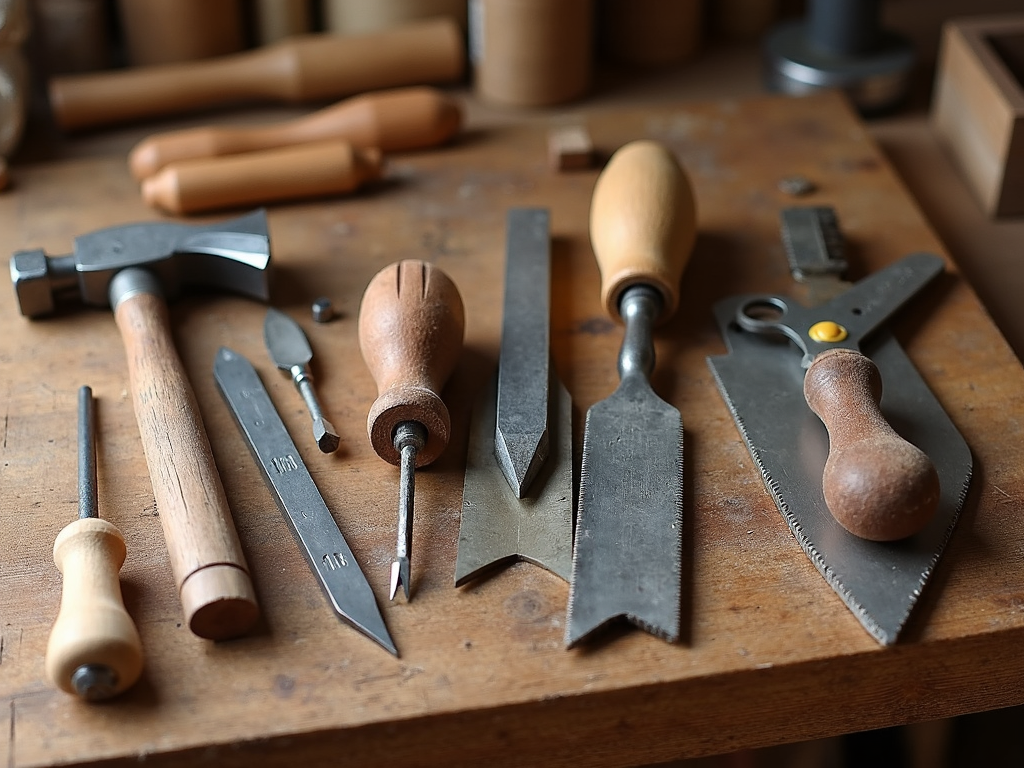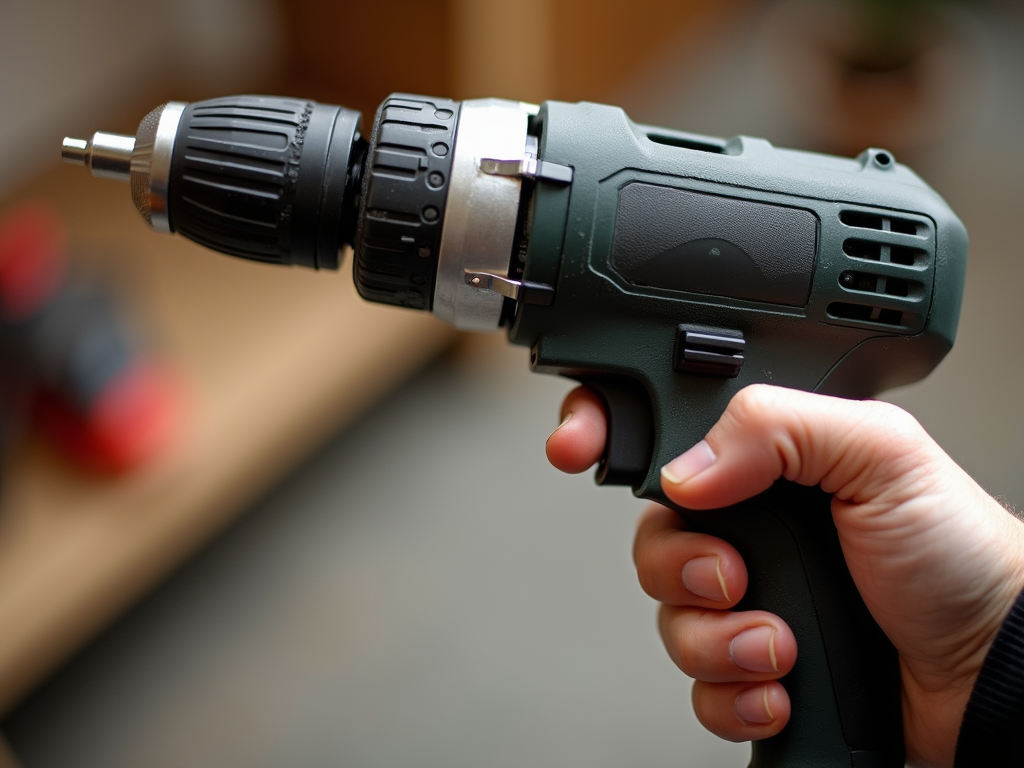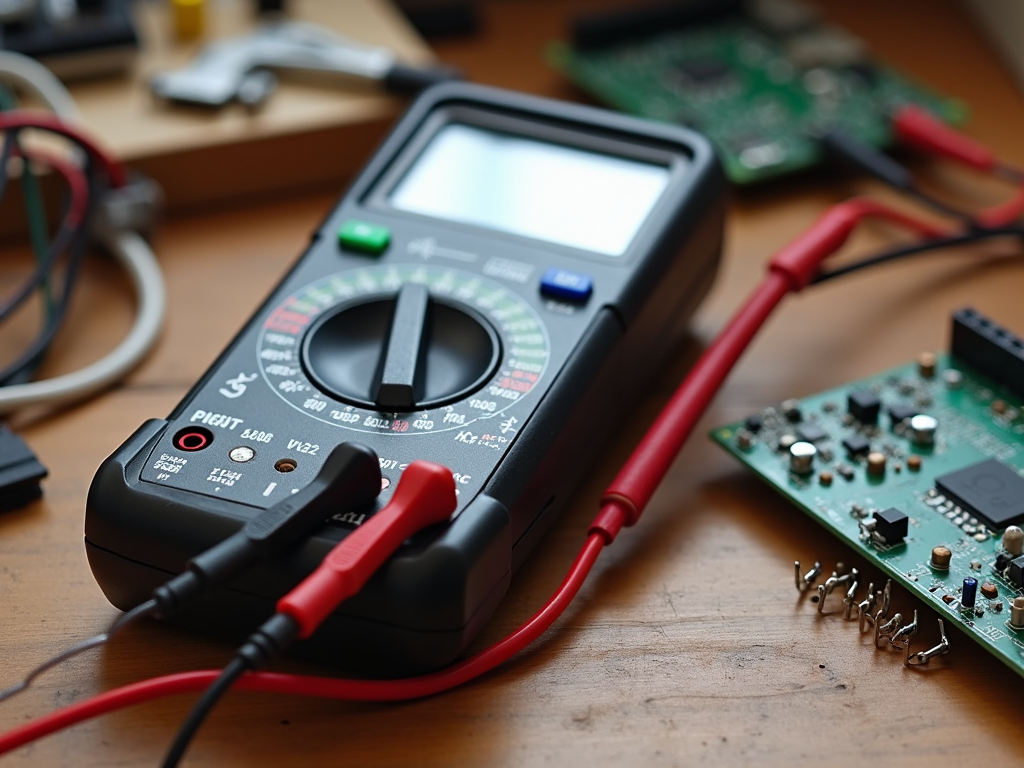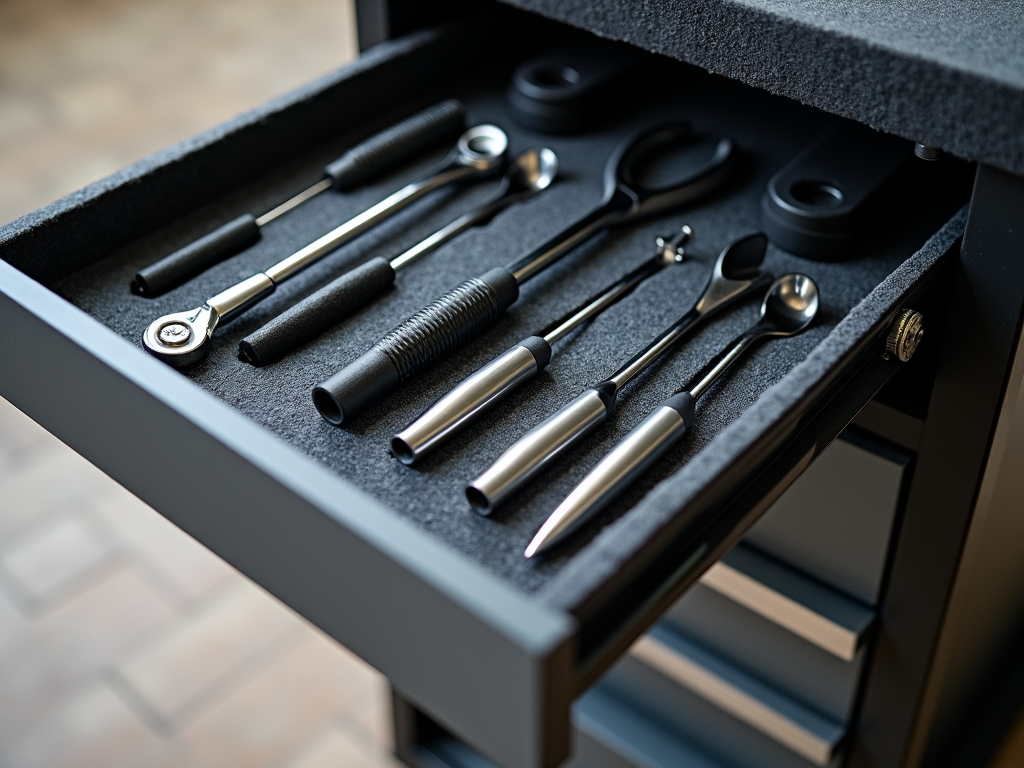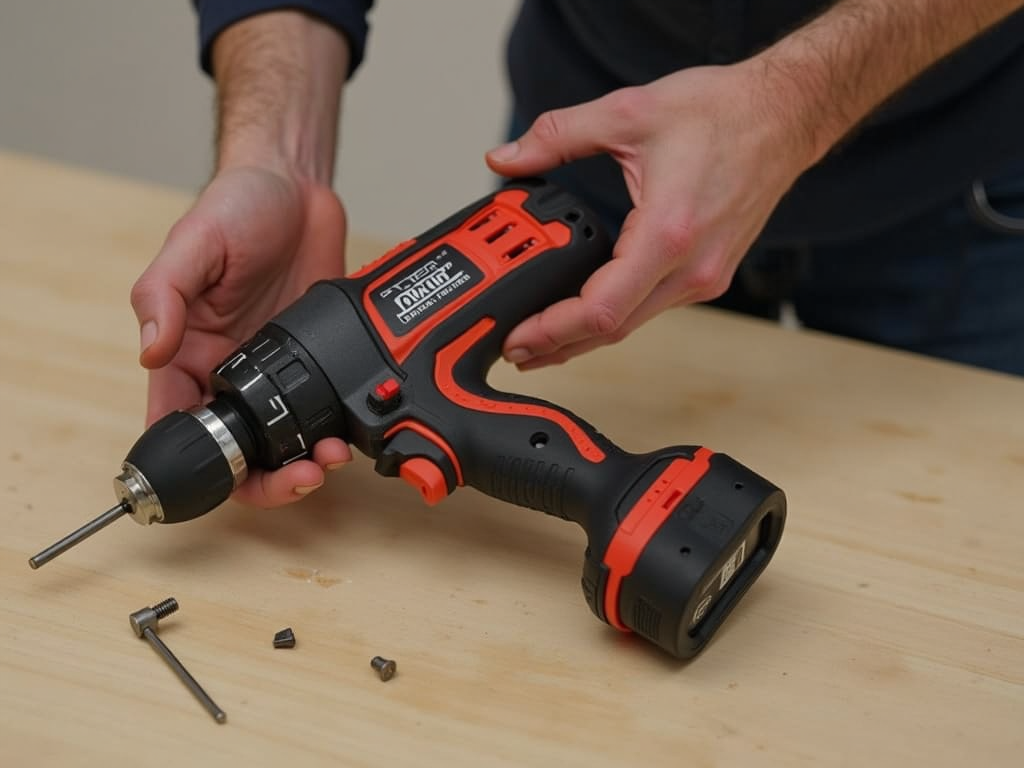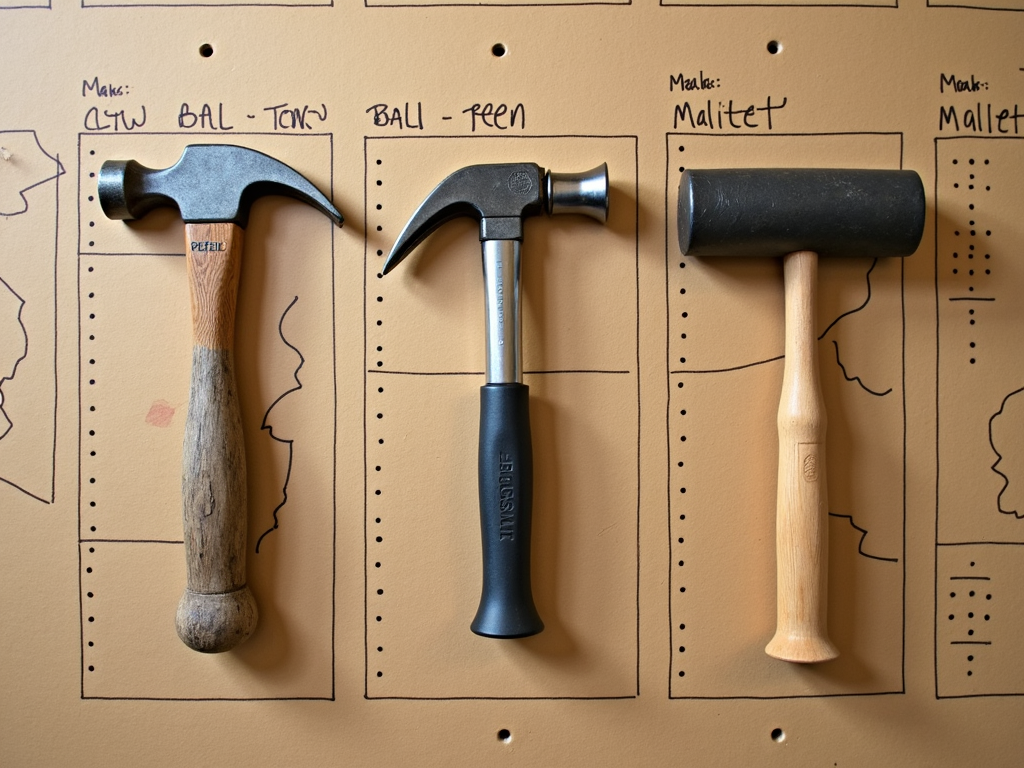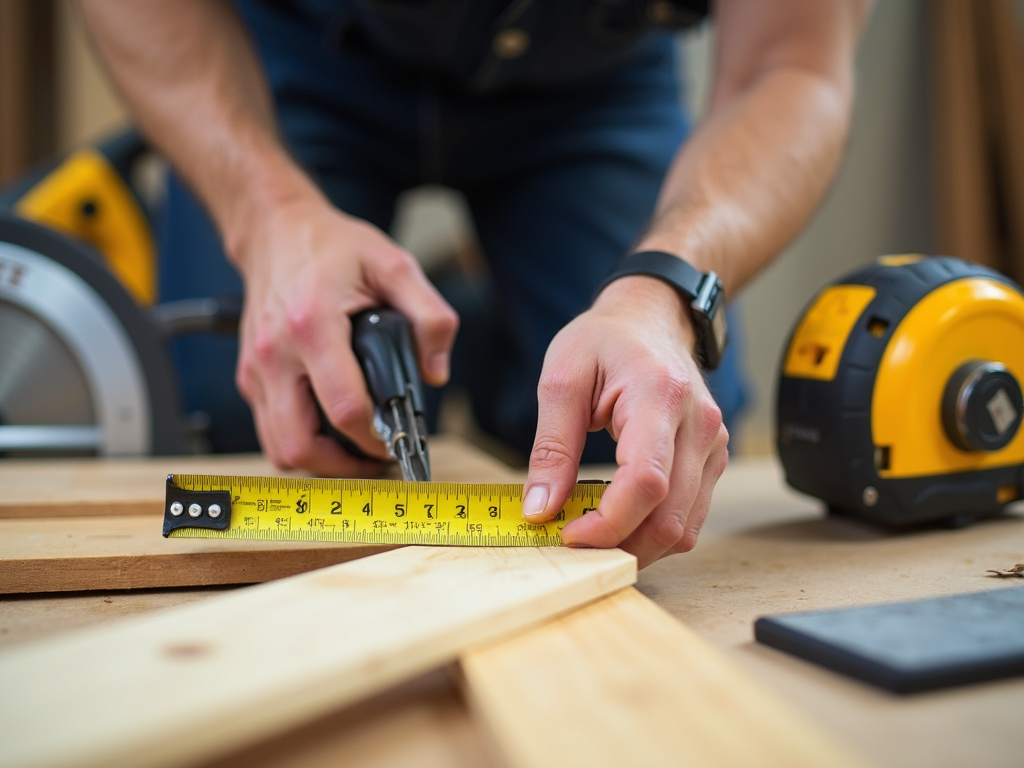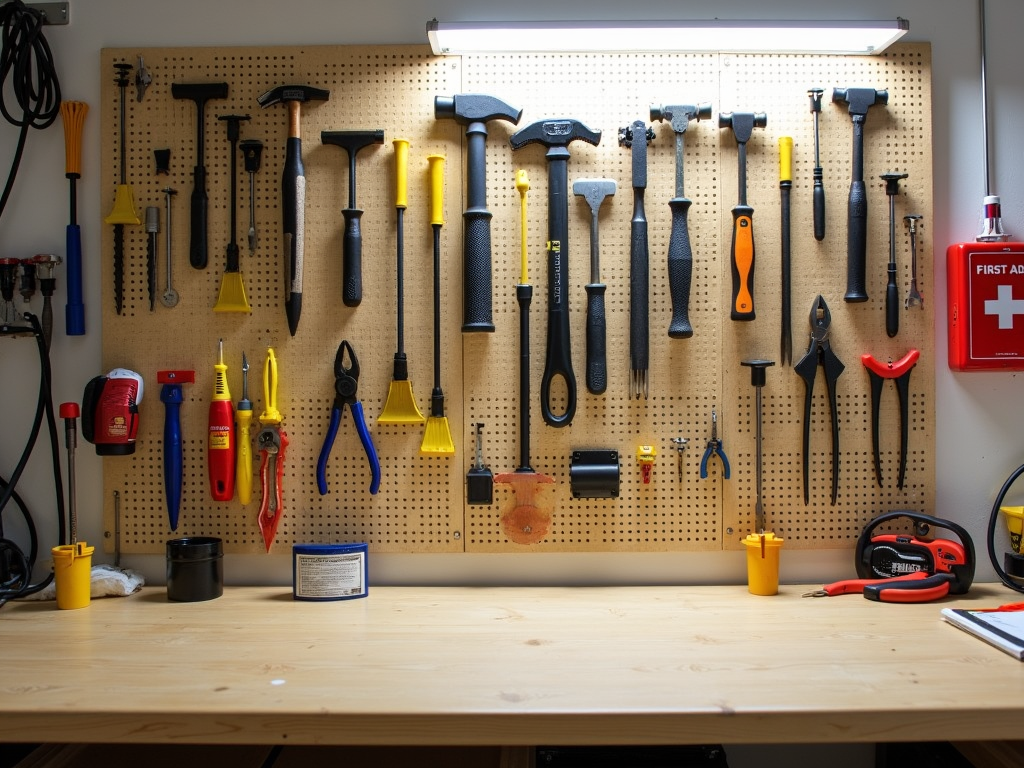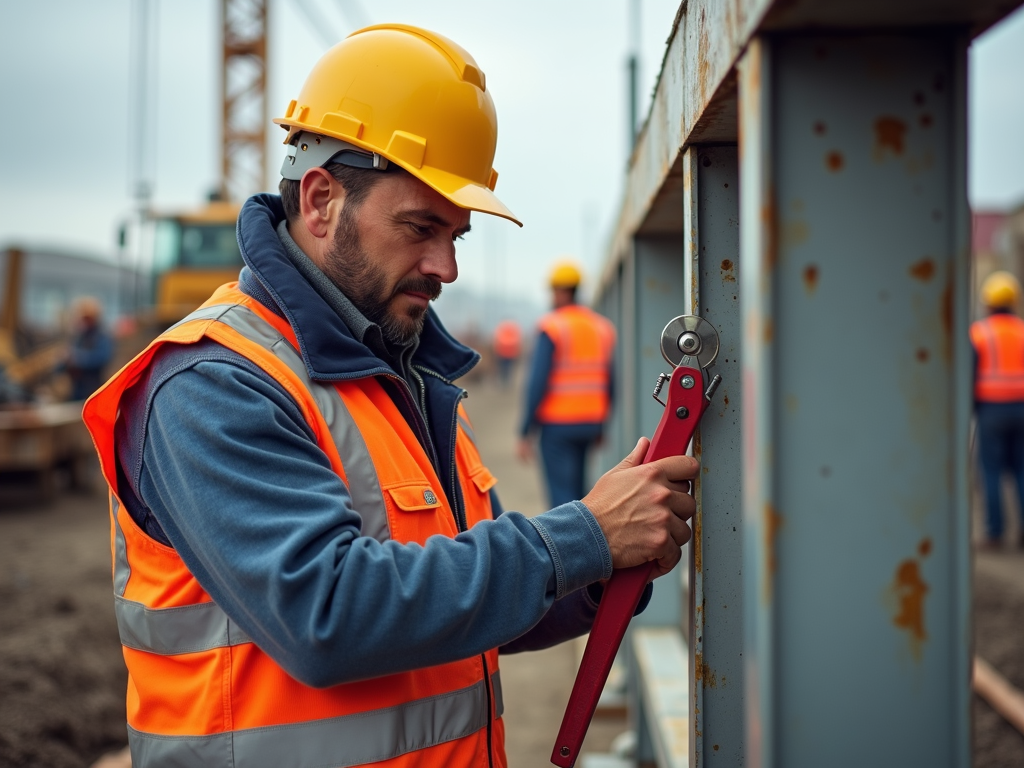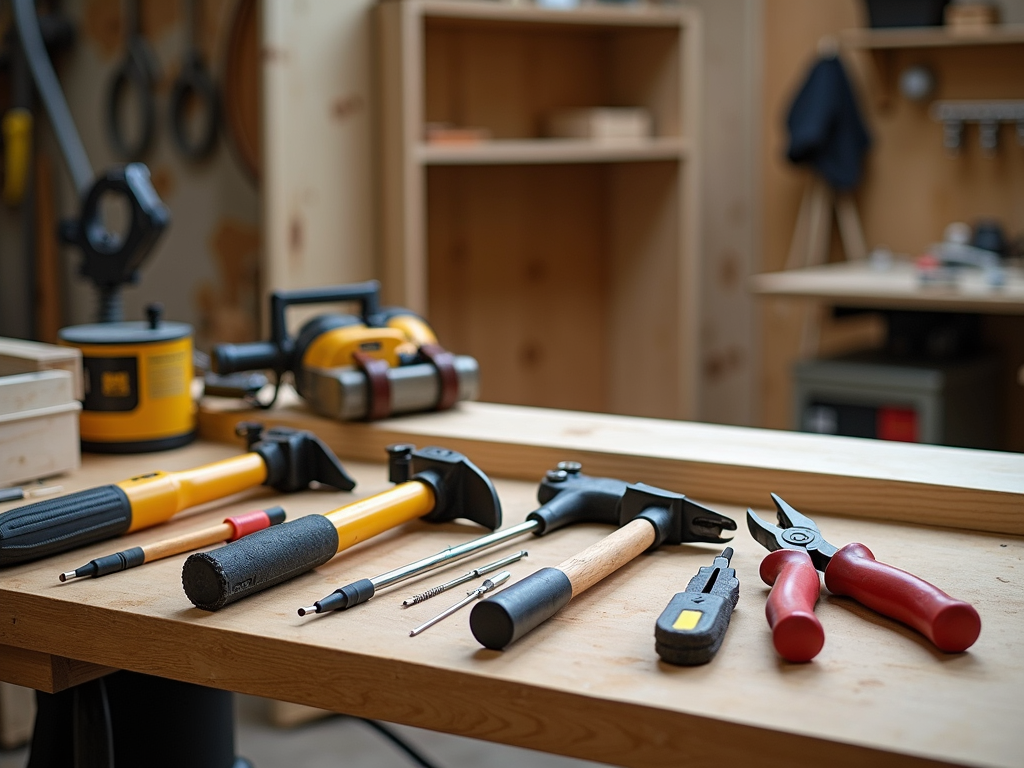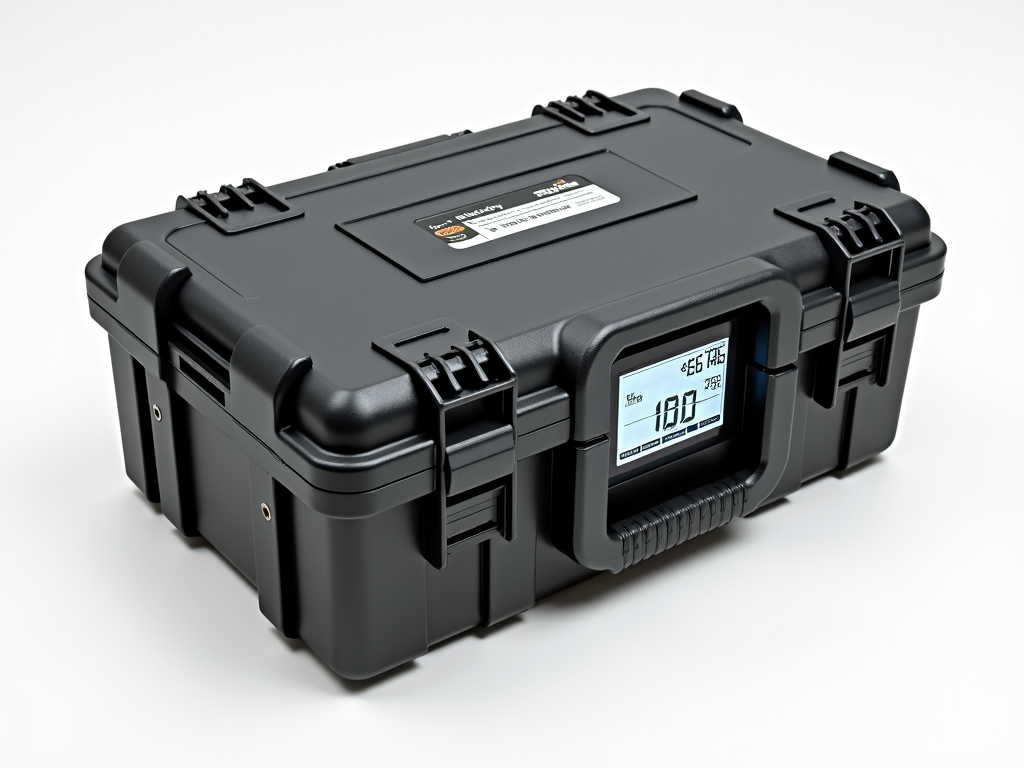Overview
Starting a DIY project can be exciting, but having the right tools makes all the difference. This guide introduces workman tools for beginners, covering must-have items, toolbox selection, safety, and care—everything you need to begin with confidence.
Essential Workman Tools for Beginners
When I first tried fixing a wobbly chair, I grabbed a butter knife instead of a screwdriver—big mistake! As a beginner, having the right workman tools saves time and frustration. Here’s a list of essentials every starter toolbox should include:
- Hammer: Perfect for driving nails or light prying. Choose one with a comfy grip—about 16 ounces works well for most tasks.
- Screwdrivers: Get a set with flathead and Phillips tips. Different sizes handle everything from furniture assembly to small repairs.
- Pliers: Needle-nose for precision, adjustable for bigger grips. They’re great for bending wires or holding small parts.
- Tape Measure: A 25-foot model is ideal. Accurate measurements prevent costly mistakes.
- Level: A small torpedo level keeps shelves and frames straight. No more crooked projects!
- Utility Knife: Sharp and handy for cutting drywall, tape, or packaging.
These workman tools for beginners cover basic repairs and projects. Your needs might shift depending on what you’re building—woodworking might call for a saw, while electrical tasks need insulated tools.
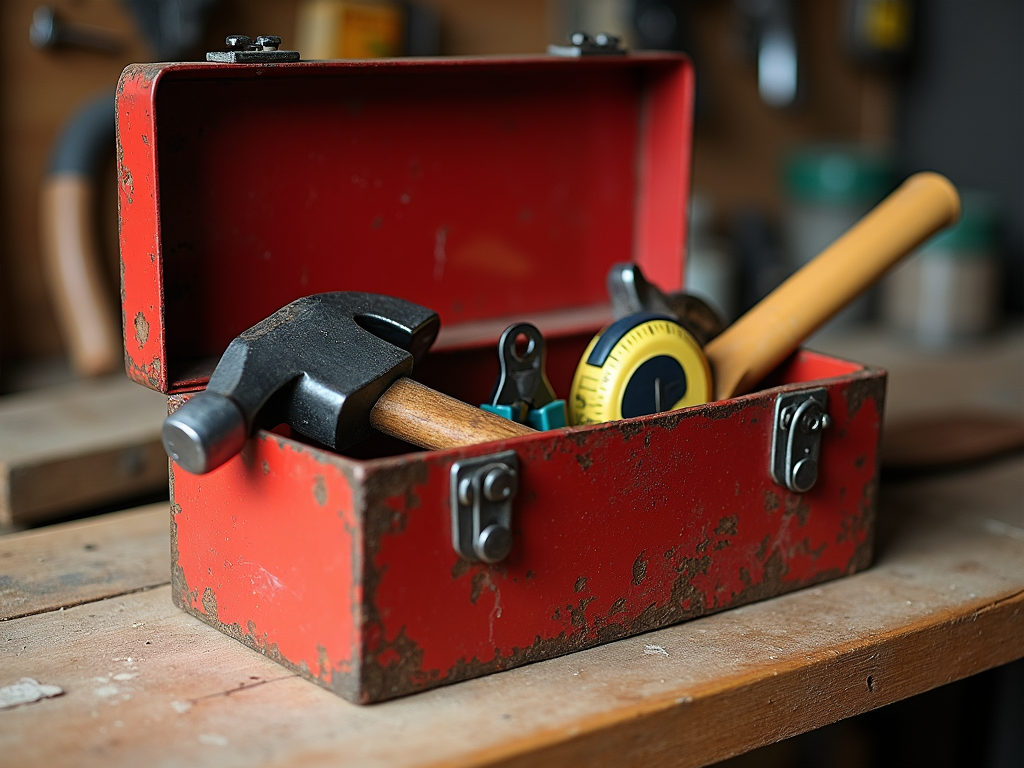
Start with these basics, and add more as you grow. I learned the hard way that skipping a level means redoing work—trust me, it’s worth the investment. For detailed tool uses, check out this guide from Popular Mechanics, a trusted source for DIY tips.
Choosing the Right Toolbox
A good toolbox keeps your workman tools organized and safe. When I started, I tossed everything into a plastic bucket—tools got scratched and lost. Here’s how to pick the right one:
| Type | Features | Pros | Cons |
|---|---|---|---|
| Portable Toolbox | Compartments, handle | Easy to carry, cheap | Limited space |
| Tool Bag | Flexible, open top | Fits big tools, quick access | Less protection |
| Tool Chest | Drawers, sturdy build | Holds lots, durable | Heavy, costs more |
For beginners, a portable toolbox is a solid start. Look for sturdy latches and enough slots to keep things tidy. As your collection grows, consider a tool chest. Think about size, weight, and how you’ll carry it—mobility matters!
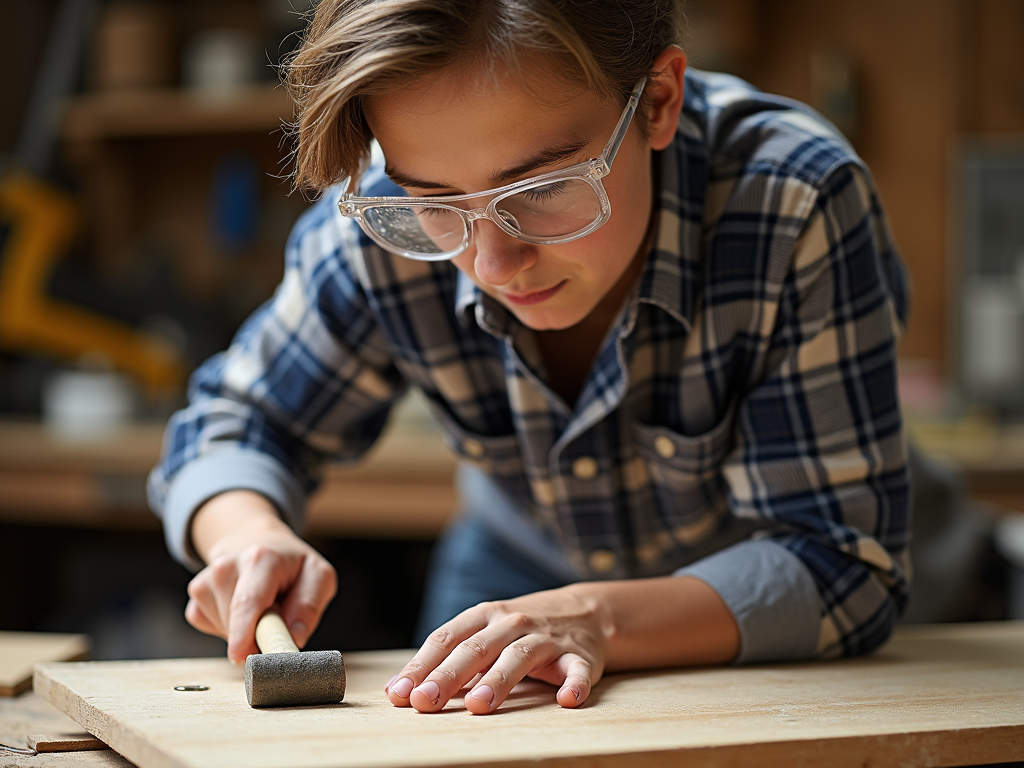
Toolboxes aren’t just storage—they protect your investment. I once left a hammer outside because my bag ripped; it rusted overnight. Pick something durable to avoid that headache.
Safety Tips for Using Workman Tools
Safety isn’t optional—especially for beginners. I once nicked my finger with a utility knife because I skipped gloves. Here are key tips to stay safe:
- Wear Safety Gear: Safety glasses and gloves protect your eyes and hands. They’re cheap and effective.
- Follow Instructions: Each tool has a manual for a reason—read it!
- Keep It Clean: A messy workspace leads to trips or cuts. Sweep up after each task.
- Use Tools Right: Don’t pry with a screwdriver or hammer with a wrench. Wrong use breaks tools and hurts you.
- Store Safely: Put tools away after use—leaving them out risks accidents.
For more, see OSHA’s Hand Tool Safety Guide—it’s a gold standard from a top safety authority. Minor cuts happen, so keep a first aid kit nearby.
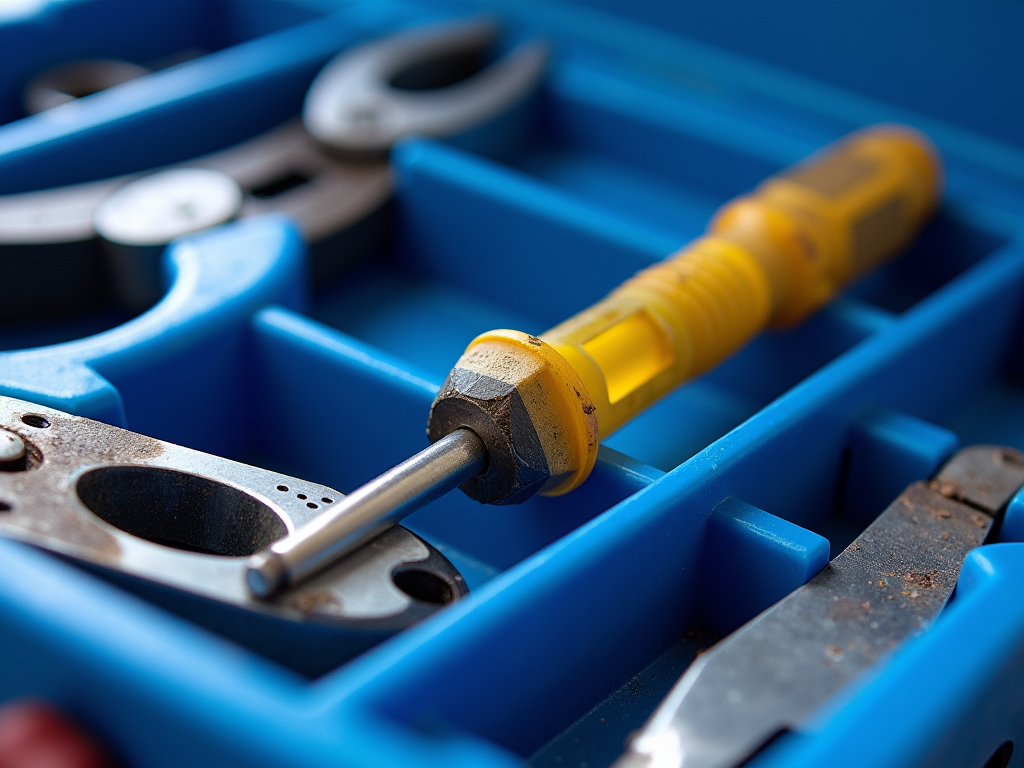
Trust me, safety habits stick after one scare. Start slow, and don’t rush—precision beats speed every time.
Maintenance and Care of Tools
Good workman tools for beginners last longer with care. I used to leave my tape measure damp—rust ruined it fast. Here’s how to keep them in shape:
- Clean After Use: Wipe off dirt or grease with a rag. It takes two minutes and prevents buildup.
- Prevent Rust: Store tools dry and add a light oil coat to metal parts. A damp garage is a tool’s enemy.
- Sharpen Blades: A dull utility knife is dangerous—sharpen or replace it.
- Check Wear: Bent nails in a hammer or cracked handles mean it’s time for a new tool.
DeWalt’s Tool Care Tips offer pro advice from a leading brand. Regular upkeep means your tools work when you need them.
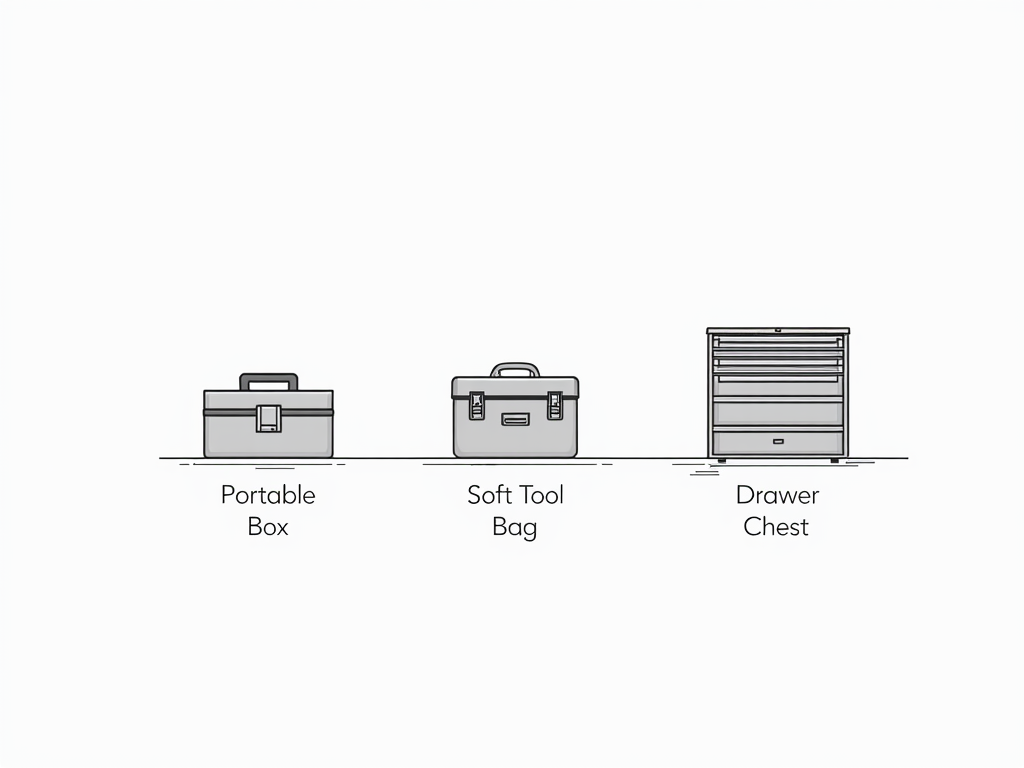
I learned maintenance matters after a rusty screwdriver stripped a screw mid-project. A little effort keeps your toolboxes and tools ready.
Conclusion
Diving into DIY with workman tools for beginners is a rewarding step. Start with essentials like a hammer and tape measure, pick a reliable toolbox, stay safe, and care for your gear. Every pro started somewhere—my first shelf was crooked, but I got better! Build your skills one project at a time.
Related workman tools for beginners:
- Beginner's Guide to Woodworking Tools
- Essential Safety Checks for Power Tools
- How to Use a Multimeter for Beginners: A Step-by-Step Guide
- The Ultimate Guide to Mobile Storage Carts for Tools
- Ergonomic Power Drills for Reduced Fatigue: A Comprehensive Guide
- How to Set Up Your Workshop: A Comprehensive Guide
- Safety First: Essential Gear for Every DIY Enthusiast
- The Ultimate Guide to Workman Tools for Contractors
- The Ultimate Guide to Hand Tools Safety Guidelines
- Best Wrench Sets for Construction Workers: Top Picks for 2023
- DIY Projects: How to Choose the Right Tools for the Job
- Maximizing Efficiency with Smart Toolboxes
